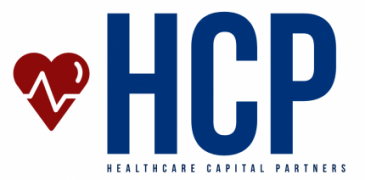Clinical advances will reinforce this trend. The improvements of the past few decades have already converted some previously terminal illnesses into chronic conditions, thus increasing long-term demand for therapies to manage such diseases. The number of deaths from heart attacks has declined by over 50% in most industrialized countries since the 1960s, while five year survival rates for US patients with cancer (expressed as an average for all sites) have risen from 53% in the mid-1980s to 66% today**.
The US Food and Drug Administration (FDA) approved only 22 new molecular entities (NMEs) and biologics, a far cry from the 53 it approved in 1996 when R&D expenditure was less than half the sum it is now**.
The revenues the industry leaders generate have also come at a very high price. Between 1995 and 2005, the percentage of total corporate spending accounted for by R&D rose from 15% to 17.1%, while the percentage accounted for by sales and general administration rose from 28.7% to 33.1%. Sales and marketing is by far the biggest corporate expense**.
In short, Pharma’s lack of R&D productivity lies at the root of many of the other difficulties it is now experiencing – difficulties that are reflected in its poor financial record over the past few years. Between 1985 and 2000, the pharma industry’s market value increased 85-fold, far outpacing the stock market as a whole. However in the six years to March 30, 2007, the FTSE Global Pharmaceuticals Index rose just 1.3%, while the Dow Jones World Index rose by 34.9%.
In conclusion, the troubling times for the pharma industry can only be addressed by change in the way drug innovation is conducted and by establishing a presence in the BRIC markets.
**Pharma 2020: The vision by PriceWaterhouseCoopers 2010
